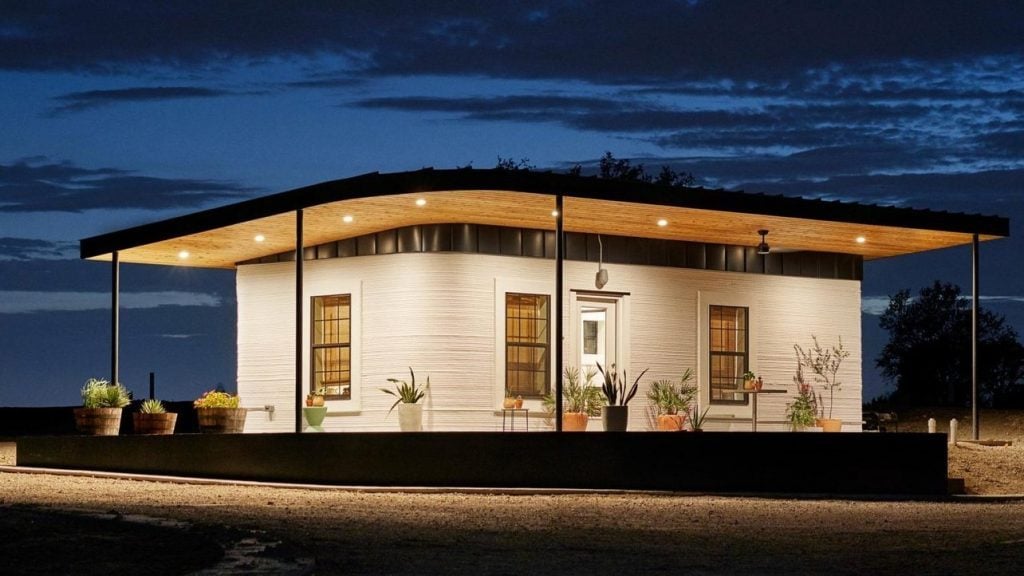Consumers are warming up to the idea of 3D-printed homes, with more than two-thirds of respondents in a recent survey saying they’d definitely consider living in such a structure.

The realtor.com survey found that the concept is even more appealing to younger generations, with 75% of all millennials saying they would consider living in a 3D printed home.
Proponents of 3D printed homes say they’re advantageous over homes built using traditional construction methods as they’re more affordable and energy efficient and offer better resistance to natural disasters. They’re also faster to build, which could be an advantage as builders try to offset the ongoing housing inventory shortage.
“Over the past decade, as the homebuilding industry focused mainly on the upper end of housing, expecting younger generations to favor renting, the price of construction has pushed new homes out of reach for many first-time home buyers,” said George Ratiu, senior economist at realtor.com. “With the largest generation in U.S. history embracing homeownership, and the pandemic accelerating the move toward suburban markets, new home construction plays a pivotal role in meeting the growing demand.”
Ratiu added that 3D printed home construction is rising and that the technology can reduce the cost of construction, making more affordable homes available to the population. They can help to “restore balance in this strong seller’s market,” he added.
Realtor.com’s survey showed there’s a strong belief in the future of 3D printed homes with 30% of respondents saying they believe it will eventually replace traditional home building methods. Awareness is growing too, with 63% of respondents saying they have heard of 3D home printing technology.
As for what might persuade some to buy a 3D printed home, the survey found that 54% cited the lower costs, while 51% said they’re more energy efficient and 42% said the homes are more resistant to natural disasters. Other advantages include being faster to build, cited by 41%, more customizable (39%) and producing less waste than traditional building (32%).
Not everyone is in favor of 3D printed homes though. Of those who said they wouldn’t consider living in such a home, 36% said they would like to wait and see how the technology pans out over time, 22% said they prefer the aesthetics of traditional homes, and 22% said they don’t believe the trend will last. Another 18% said they don’t want their home to look exactly like their neighbor’s homes.
Ratiu said that despite the naysayers, 3D printed home technology continues to advance and that he expects it to add more affordable homes to the housing market over time.
“For the rising generations of digital natives, new building technology may provide a sustainable bridge toward homeownership,” Ratiu said.